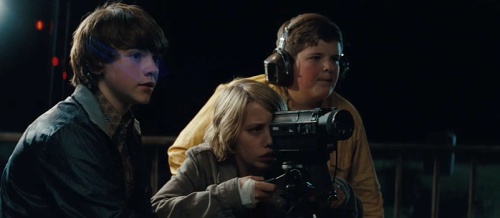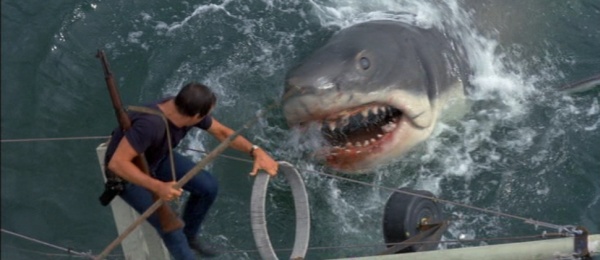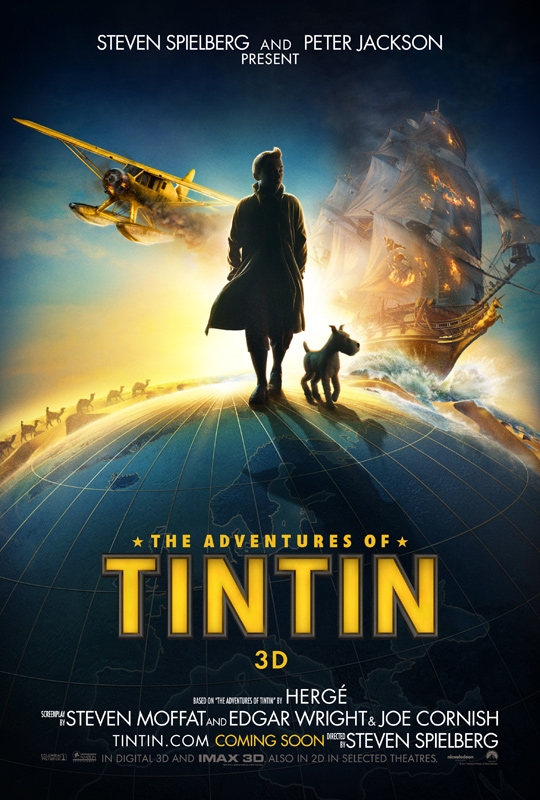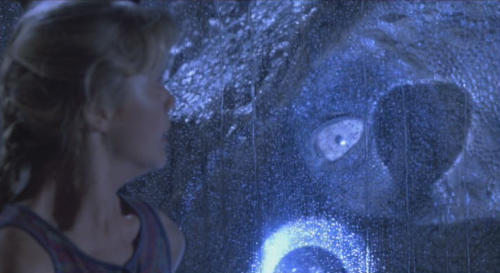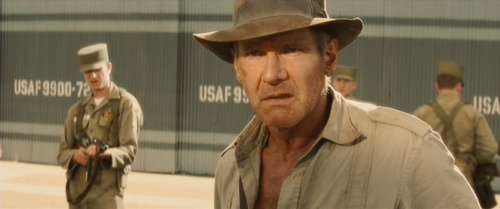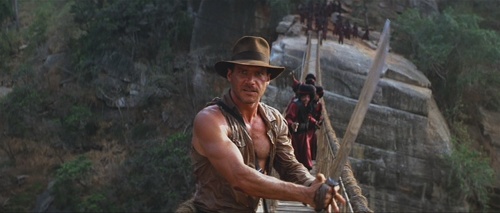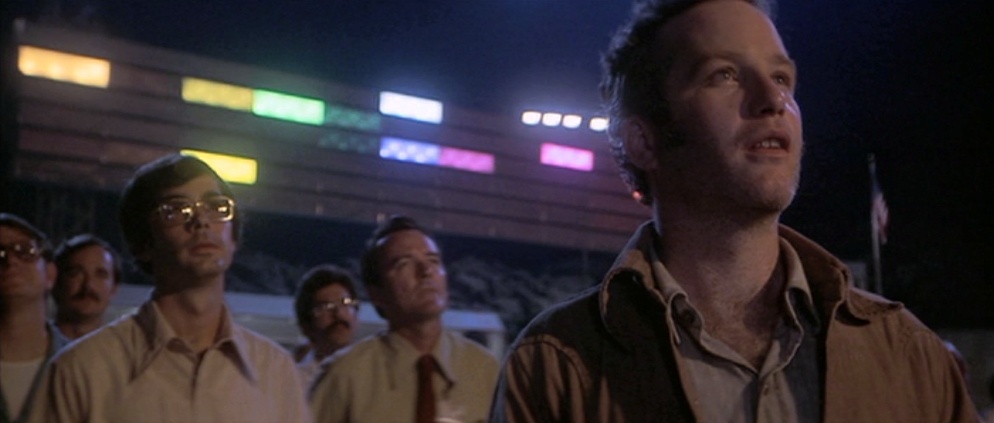The Adventures of Tintin (Steven Spielberg, 2011)
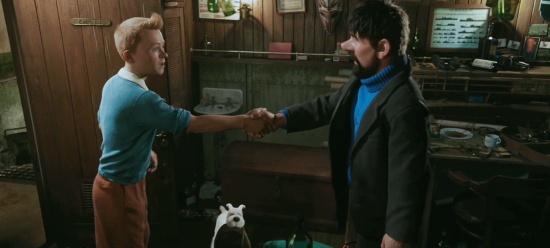
I don’t need to re-cap the level of anticipation to which I ascended in the lead-up to Steven Spielberg’s adaptation of Hergé’s classic comic strip series The Adventures of Tintin; my salivating is all preserved on-line. Getting worked up ahead of the fact is part of the fun with modern blockbusters, but it means that actually seeing the film can often be a let-down. Amongst the recent mega-franchises we probably have to go back to Peter Jackson’s Lord of the Rings trilogy to find one that truly lived up the hype; at the other end of the spectrum, and far more common of late, are wretched let downs like Steven Spielberg’s Indiana Jones and the Kingdom of the Crystal Skull. Tintin arrives heralded to the screen by both Jackson (as producer) and Spielberg (as director), so the form line for this was mixed. The good news is that their adaptation does justice to the source material and lives up to the expectations. I loved The Adventures of Tintin.
One of the key things that fuelled expectations was the talented triumvirate of geek favourites that Spielberg and Jackson had snared for screenwriting duties: Steven Moffat, Edgar Wright, and Joe Cornish. The trio have done well in forging a largely seamless hybrid of Hergé’s The Crab with the Golden Claws and The Secret of the Unicorn, with a few small details from other books thrown in for good measure. The start of the film recalls the tone of Hergé’s earlier Tintin stories, with Tintin entering into an adventure accompanied only by his brave and faithful dog Snowy; in the latter portions, Tintin meets and then teams up with the irascible drunkard Captain Haddock. Their quest is to locate a series of parchments which, together, will provide a clue to the location of a hidden treasure; racing them to the target is the murderous Sakharine. The adventure takes Tintin from Europe to north Africa and back again.
